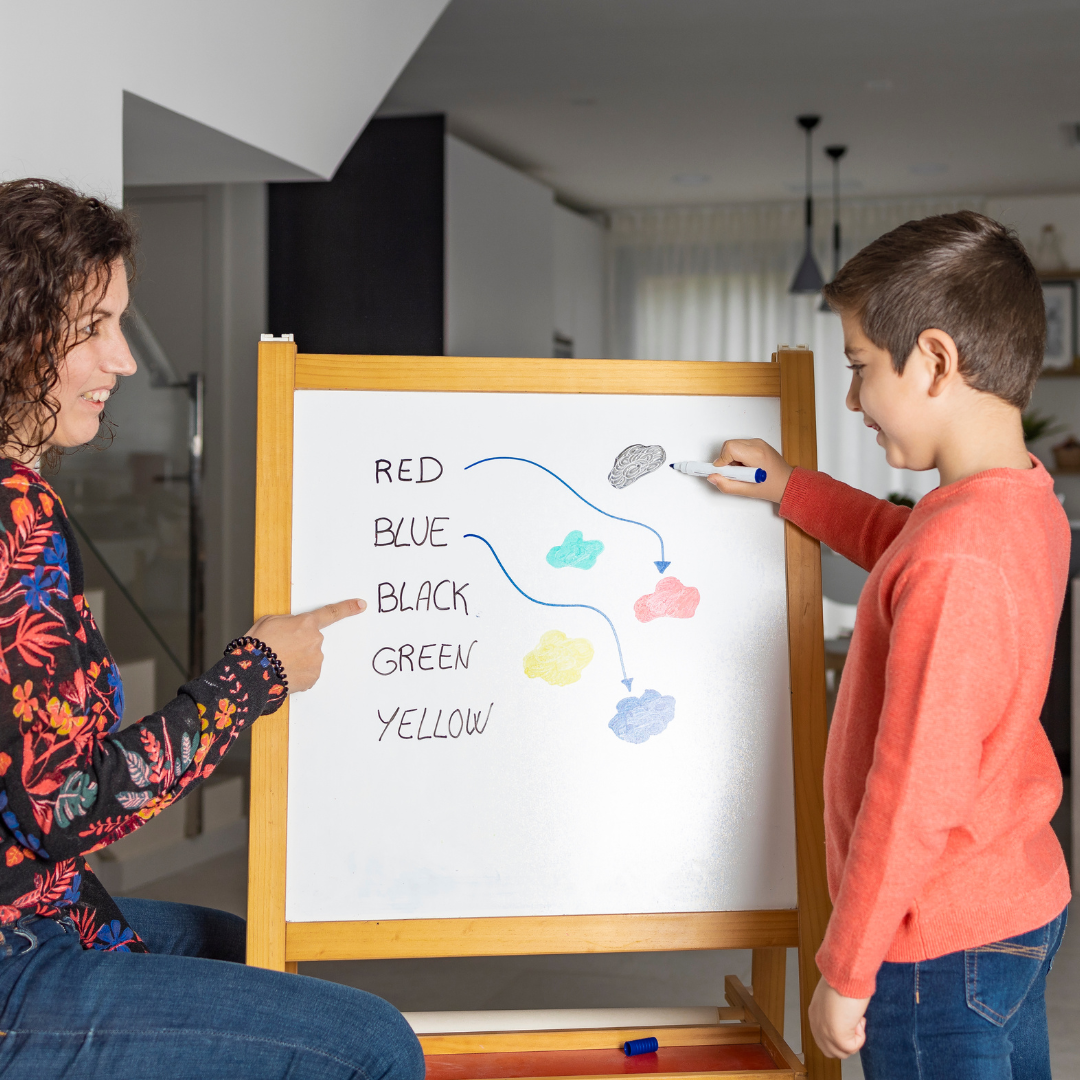Enhancing Attachment Support: Practical Resources for Interoception and Executive Functioning
Enhancing Attachment Support: Practical Resources for Interoception and Executive Functioning
I first learned about Attachment theory nearly two decades ago and it’s something I find myself returning to time and time again. Each time I revisit it, I increase my capacity to be curious, I learn something new or discover a valuable resource. As a Mental Health Lead, I am sure you are familiar with attachment theory, but I hope that you will find a golden nugget in this reflection. Most of all I hope it highlights the importance of the work you do and the incredible difference you can (and already) make.
What is Attachment and Why Does it Matter?
Attachment theory is a psychological framework originally developed by John Bowlby in the 1950s. It explains how our early relationships with primary caregivers create a blue print for how we connect to others. Bowlby established three different attachment styles. A fourth was added by researchers Main and Solomon in the 1980s.
Secure Attachment: Develops when a child’s needs are met consistently. They learn the world is safe and relationships are trustworthy.
Insecure Attachment Styles: When a child’s needs are not reliably met they develop different coping mechanisms:
- Insecure-Ambivalent: Inconsistent care giving can lead to anxiety and heightened efforts to gain attention.
- Insecure- Avoidant: Dismissive care giving is likely to result in children suppressing their needs and appearing overly independent.
- Insecure-Disorganised: Is often linked to trauma and neglect, causing unpredictable attachment behaviours.
The Place2Be Mental Health Champions course emphasises that a diagnosis should only be made by a trained professional. However, we can use our understanding of these patterns to help understand and support children.
Why This Matters in Schools:
Many of the things children need to grow up healthy – e.g. love, understanding, food - depend on relationships. The Clear Sky Charity uses the analogy of a house: without strong foundations a house wobbles under stress. Similarly, children who come into our classrooms without having their needs met, may also begin to wobble under stress.
How can we Help?
Fortunately, neuroscientists have discovered that there is greater plasticity to the brain than we previously thought. Meaning our work truly can make a difference. Daniel J. Siegel, and Tina Payne Bryson, suggest using the Four S’s: safe, seen, soothed and secure.
Teaching interoception and executive functioning skills directly support the ‘Four S’ framework and there are some fantastic resources to support this. While there are many other valuable strategies, these approaches offer additional tools to enhance support and meet individual needs.
Resource: Harvard’s Executive Function Toolkit
- Interoception Skills (Department for Education South Australia) - focus on recognising and interpreting internal body signals to support with self-regulation and emotional awareness.
Resource: Interoception Resource Pack
Final Thoughts:
As educators, we have the potential to reshape how a child views the world. We can help them to see that it can be safe and relationships trustworthy. It’s an incredibly rewarding position to be in but it also requires a significant emotional investment. Julie at NACWelling Being shares that: “If we want to be in the best position to support others, we must take care of ourselves first”. I hope you are able to prioritise your own mental health, not just because it puts you in a better position to provide support, but because you matter too.




